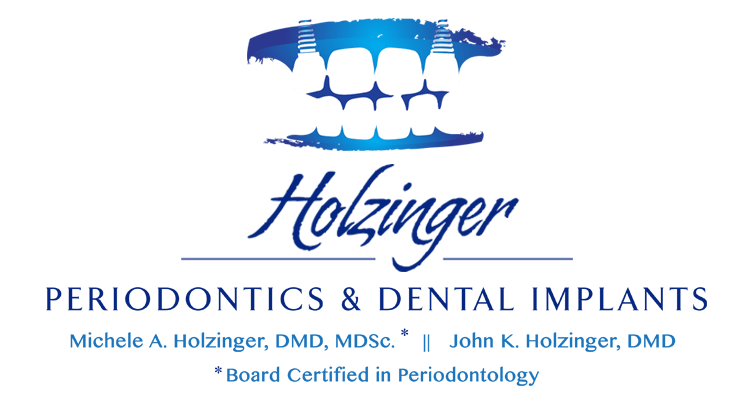When you have a problem with a tooth that extends into the root, there are a few different options for what to do about it. The option that is best for you depends on the situation. A root canal can sometimes save the existing tooth, but in some cases it may not be effective. A dental implant can replace a tooth that is severely decayed or damaged, but has other disadvantages.
If you’re trying to decide what to do about a problem tooth, this comparison can help you determine what treatment option would be best.
What is a Root Canal?
If your tooth is severely decayed, such that the decay has reached the soft pulp inside of your tooth, it can cause an infection inside of your tooth that will eventually extend into the jaw bone. Your dentist can perform a root canal procedure to correct it.
You will be given a local anesthetic to numb your mouth and the dentist will access the inside of your tooth through the crown. The pulp will be completely removed from inside your tooth, the canal will be rinsed out and disinfected, then filled up with composite resin to prevent any further infection.In most cases, a crown will be placed on top of the tooth to protect it from further damage.
A root canal is only effective if there is enough tooth and root material to be saved. In some cases a tooth can’t be restored and needs to be extracted.
What is a Dental Implant?
When a tooth can’t be restored, it can be replaced with an implant. A dental implant is an artificial tooth and root system that completely replaces a missing or damaged tooth.
The implant root consists of a titanium post that is surgically placed in the jaw bone. A crown attaches to the top to provide a natural look and function. A dental implant can be placed under local or general anesthesia, whichever is more comfortable for the patient.
A dental implant can only be placed if there is sufficient bone thickness in the jaw at the site. If a tooth is being extracted and replaced right away, this is not usually a concern. However, if a tooth is missing for a few months or years, the jaw bone tends to weaken and shrink in the location of the missing tooth. A bone graft procedure can be used to fortify the jaw bone in preparation for an implant.
When to Get a Root Canal and When to Get a Dental Implant
If you’re trying to decide which option would be best for you, here’s what you need to consider:
If the tooth is severely decayed but the root is able to be restored with a root canal, there are many advantages to this option. A successful root canal can preserve the natural tooth root. If the tooth itself is too decayed for a regular filling, a crown can be used instead with the existing root still in place. A root canal, even with a crown, is a less expensive procedure than a dental implant.
In the case of too much decay, a root canal may not be possible. If a root canal can’t be done, a dental implant is the best replacement option. In some cases, a dental implant may be better even if a root canal is possible. Even after a root canal, a tooth can still become infected or succumb to further decay. However, a dental implant, being completely artificial, is not susceptible to decay. A dental implant costs more than a root canal, but it can last for 30 years or more.
Discuss Your Options with Holzinger Periodontics and Dental Implants
If you’re trying to decide whether to restore or replace a tooth, Holzinger Periodontics and Dental Implants can assess your tooth and give you the best recommendation. We specialize in this field of dentistry, so our professional opinion can help you make an informed decision.
Call 860-347-8457 today to schedule an appointment at our Middletown office or 860-224-0433 for our New Britain office. You can also request an appointment at either office. We look forward to providing you with the best option for your dental health.

